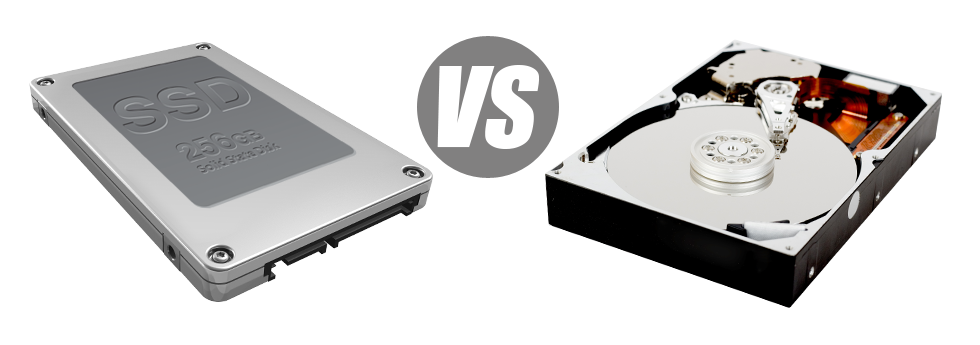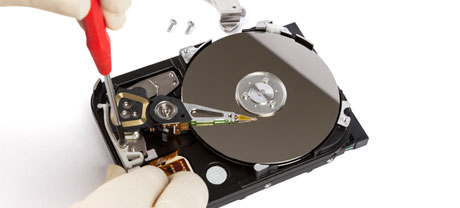Nowadays, all of the new laptops or computers have SSD drives in place of HDD drives. You’ll find superlatives about them everywhere in the specialized press – that they are a lot quicker and perform better and that they are the future of desktop computer and laptop computer manufacturing.
Even so, how can SSDs perform inside the hosting community? Could they be trustworthy enough to substitute the tested HDDs? At LuisArts Network, we are going to help you much better be aware of the dissimilarities among an SSD as well as an HDD and decide the one that most accurately fits you needs.
1. Access Time
Resulting from a revolutionary new approach to disk drive performance, SSD drives permit for considerably quicker file accessibility rates. Having an SSD, data access times are far lower (under 0.1 millisecond).
HDD drives continue to use the exact same basic data access technique which was originally created in the 1950s. Despite the fact that it was noticeably improved ever since, it’s slower in comparison to what SSDs are providing. HDD drives’ data file access speed ranges between 5 and 8 milliseconds.
2. Random I/O Performance
Thanks to the same revolutionary technique which allows for faster access times, it is possible to enjoy far better I/O performance with SSD drives. They’re able to carry out twice as many procedures throughout a specific time when compared with an HDD drive.
An SSD can deal with a minimum of 6000 IO’s per second.
Having an HDD drive, the I/O performance progressively enhances the more you use the drive. Nevertheless, right after it gets to a specific limit, it can’t proceed faster. And due to the now–old concept, that I/O limit is much below what you might get with a SSD.
HDD can only go so far as 400 IO’s per second.
3. Reliability
SSD drives do not have any sort of moving parts, meaning that there is much less machinery in them. And the less physically moving components you will discover, the fewer the likelihood of failure will be.
The standard rate of failing of an SSD drive is 0.5%.
For an HDD drive to work, it needs to rotate two metallic hard disks at more than 7200 rpm, holding them magnetically stabilized in mid–air. They have a lot of moving components, motors, magnets as well as other devices crammed in a tiny location. So it’s no surprise the normal rate of failure of an HDD drive varies among 2% and 5%.
4. Energy Conservation
SSDs don’t have any moving parts and need very little cooling down power. In addition they call for very little electricity to work – tests have demostrated that they’ll be powered by a common AA battery.
As a whole, SSDs use up amongst 2 and 5 watts.
HDD drives can be notorious for getting loud; they can be at risk of getting too hot and when you have several hard drives in one web server, you will need a different cooling system used only for them.
As a whole, HDDs consume in between 6 and 15 watts.
5. CPU Power
Because of SSD drives’ higher I/O performance, the key server CPU can work with data file calls faster and save time for other functions.
The regular I/O wait for SSD drives is just 1%.
By using an HDD, you will have to invest extra time watching for the outcome of one’s data file query. It means that the CPU will be idle for additional time, waiting for the HDD to reply.
The regular I/O delay for HDD drives is about 7%.
6.Input/Output Request Times
In the real world, SSDs conduct as wonderfully as they did for the duration of our checks. We ran a complete system data backup using one of our own production servers. Over the backup procedure, the normal service time for any I/O requests was indeed under 20 ms.
Sticking with the same hosting server, but this time equipped with HDDs, the end results were totally different. The common service time for any I/O query fluctuated in between 400 and 500 ms.
7. Backup Rates
An additional real–life advancement is the speed with which the back–up is made. With SSDs, a hosting server back–up today will take no more than 6 hours implementing our hosting server–enhanced software.
Over time, we have utilized mostly HDD drives on our web servers and we are knowledgeable of their efficiency. On a web server loaded with HDD drives, a full hosting server back up may take about 20 to 24 hours.
Our Linux VPS web hosting plus our normal Linux cloud web hosting accounts offer SSD drives by default. Be part of our family here, at LuisArts Network, to see how we just might help you boost your web site.
Hepsia
- Live Demo
Service guarantees
- All of our Virtual Private Servers come with no installation rates and operate in a steady network offering 99.9% of uptime. Full root and SSH access warranted.
Compare our prices
- Conveniently review the allocations and features offered by LuisArts Network’s Virtual Private Servers. Discover which VPS Web Hosting configuration offers you exactly what you want to deal with your dynamic web presence easily.
- Compare our hosting plans
Contact Us
- You’ll be able to make contact with us 24x7 by email or by utilizing our super–fast ticketing system. We offer a 1–hour response time warranty.















